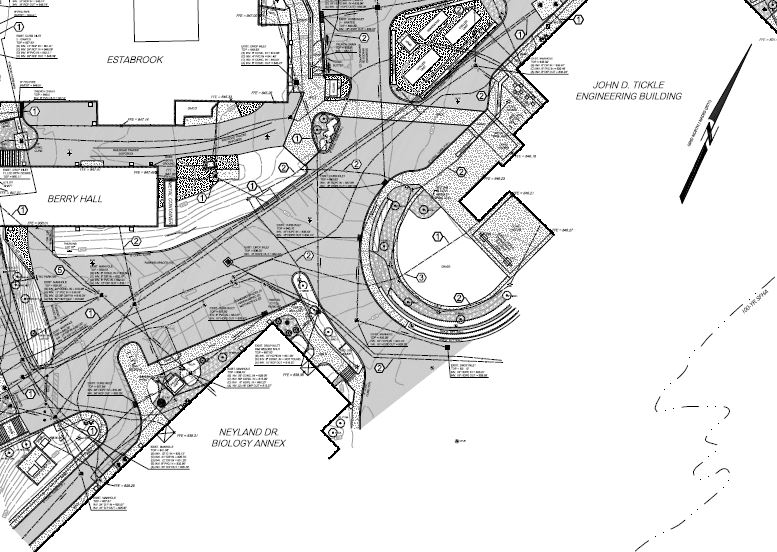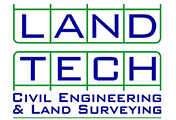The Improve Act was recently passed in Tennessee in an effort to help fund transportation projects in the state. https://www.tennessean.com/story/news/politics/2017/04/24/tennessee-gas-tax-increase-what-means-you/100839608/
Roadway and transportation funding has always been a politically sensitive issue. Additional taxes for transportation funding doesn’t always have public support. So, how can we fund the expensive task of designing, constructing and maintaining our transportation system?
In a recent article, Robert Poole discusses his new book “Rethinking America’s Highways”, making the argument that highways should be financed and operated similar to utilities.
Below are some excerpts from his article at https://www.nationalreview.com/2018/06/reform-americas-failing-highway-system-make-interstates-utilities/
“It’s not hard to see that there is something fundamentally wrong with the way we fund and manage the highways we all depend on. Highways are one of our basic public utilities — along with water, electricity, natural gas, telephones, etc. Yet we don’t have huge political battles over how to pay for those utilities. Every month you get a bill from your electric company, water company, phone company, and satellite or cable company. You pay for the specific services you used, and the money goes directly to the company that provided those services. None of that is true for highways.”
Many years ago, Milton Friedman put his finger on what was wrong. Highways, he wrote, are “a socialized industry, removed from the test of the market.” Compared with other utilities, that means that for highways:
- There is no pricing;
- Major investments are not financed via long-term revenue bonds;
- Decisions on what gets built are made by politicians;
- Proper maintenance gets what little funding is left over after legislators spend most of the budget on projects in their districts; and,
- You are not a customer — just a “user.”
“In my new book, Rethinking America’s Highways, I make the case that because highways really are utilities, they need to be financed and operated as utilities, rather than as politicized, state-owned enterprises. That means each highway needs an owner. Highway customers should pay their highway bills directly to that owner, based on how much they use the roads and how damaging their vehicle is to the pavement. The owner should assess the need for new links or more lanes, and finance the construction by issuing long-term revenue bonds. Of course, as with any other major construction projects, they should have to comply with existing planning and environmental regulations.”
“This might sound like a libertarian fantasy, but it’s a model with a long history that stretches into the present day. Private turnpikes were the main inter-city roadways in 18th and 19th century Britain — and 19th century America. After WWII devastated Europe, three countries — France, Italy, and Spain — developed their major highway networks as investor-owned toll roads. Highways there remain very similar to our electric-utility franchises today. Companies bid for a long-term franchise to build and operate a particular highway, subject to the terms and conditions of a long-term contract called a “concession.” In the 1980s and ’90s, this model was embraced by the three largest metro areas in Australia as they sought to develop modern expressway systems. And by the dawn of our current century, private investment in long-term highway concessions was becoming common in most of the countries of Latin America, especially Brazil and Chile.”
It’s an interesting idea and article.

